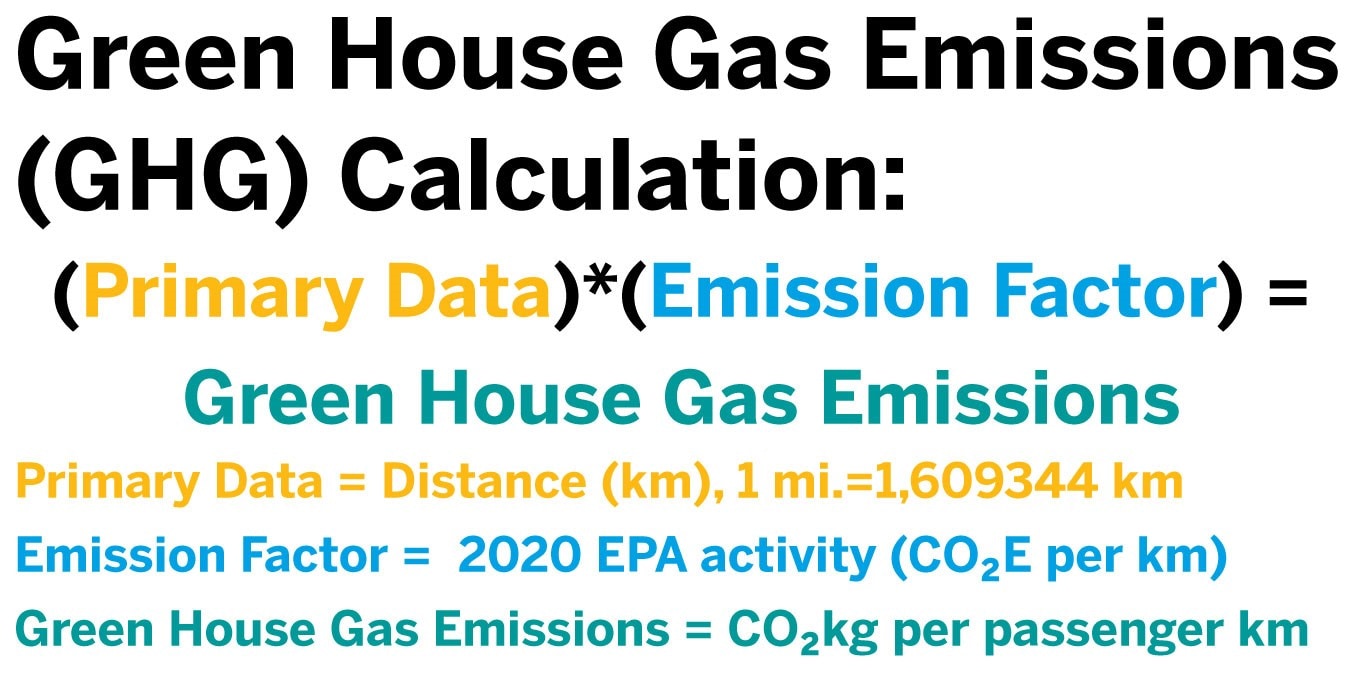Making Sustainability Profitable and Profitability Sustainable
“Just like we cannot ignore the pandemic...we cannot ignore climate change and the major contributions of enterprises. Together, we can lead this change and become intelligent enterprises, to make sustainability profitable and profitability sustainable.” - Christian Klein, SAP CEO
To help our customers address climate action, SAP launched the Climate 21 program building analytical and transactional capabilities into our enterprise applications that can help our customers understand and minimize the Green House Gas (GHG) footprint of their operations. Through the Paris Agreement, European countries have mutually agreed to reduce emissions by 55% by 2030. There is growing recognition that sustainable business isn’t just about social responsibility, but is also about driving success – reducing cost, improving efficiency, and attracting and retaining both customers and employees. In fact, 94% of Generation Z believe that companies should address urgent social and environmental issues and will consider the social purpose of a company when deciding where to work.
Many non-European organizations are using the Paris Agreement to assess and adjust their carbon footprints starting with corporate travel. Understanding the carbon footprint of travel through measurement of CO2 emissions from travel activity such as air, rail, and car will help you build and monitor progress towards this noble goal. While work from home measures due to the global pandemic created a temporary reduction in carbon emissions, temperatures continued to rise stressing the urgency of this issue. In fact, NASA’s Goddard Institute for Space Studies (GISS) reports that 2020 tied 2016 as the single hottest year on record.
Measure your impact
While business travel can account for more than half of a (non-manufacturing) organization’s carbon footprint, how do you truly measure the impact? Ranging from air, to car, to rail and even motorcycle, the primary data for every travel activity type is very different. However, calculating their GHG emissions is the same process. Generally speaking, you can calculate GHG emissions by multiplying the EPA’s Emission Factors for Green House Gas for the type of activity by the distance traveled. Here’s our handy formula:

This calculation allows you to assess your organization’s baseline carbon footprint and then reduce overall emissions through adjustments in your travel policies moving forward. Following your industry colleagues to compare emissions benchmarks, like this Skift Research report, is a great way to set and track goals for your organization.
Expand your vocabulary
Circulating key terms will help your organization authentically adjust its travel policy for immediate and long-term reduction in carbon emissions. Here are a few to consider:
- Greenwashing: disinformation disseminated by an organization to present an environmentally responsible public image
- Carbon calculator: tool used to influence booker’s decision and fund carbon offsets or budgets
- Carbon offset: compensation for the emission of carbon or other greenhouse gasses to the atmosphere (wind/solar initiatives, planting trees)
- Carbon budget: metrics to provide transparency to investors interested in this goal (carbon tax, implied price, cap-and-trade)
59% of business professionals indicated that they feel positively if not passionately about sustainability in corporate travel but find it difficult or are unsure on how to put it into practice. Getting everyone using the same terms will help garner momentum around a cohesive change management plan around the reduction of carbon emissions by corporate travel.
Get reducing today:
Here are some best practices to start reducing the carbon emissions by your organization today:
- Determine your current baseline carbon footprint with our above GHG calculation
- Implement and automate a carbon offset program in ways that are authentic to your organization (donations, tree planting, solar power)
- Engage travelers in sustainability efforts and offer a work environment that aligns with their values around sustainability
- Encourage or require rail instead of air travel if reasonable
- Promote renting hybrid cars
- Review hotel policies for greener alternatives
- Encourage and recognize green booking behavior by showing calculated carbon emissions inside booking tool
- Promote travel alternatives
Regardless of the level of understanding, outlook, or priority of reducing carbon emissions within your organization, adjusting business travel policies and behavior is a great place to have a significant impact, and we’re here to help you along the way. Learn more about sustainability in business travel in our 2020 report and contact your account representative to get sta
